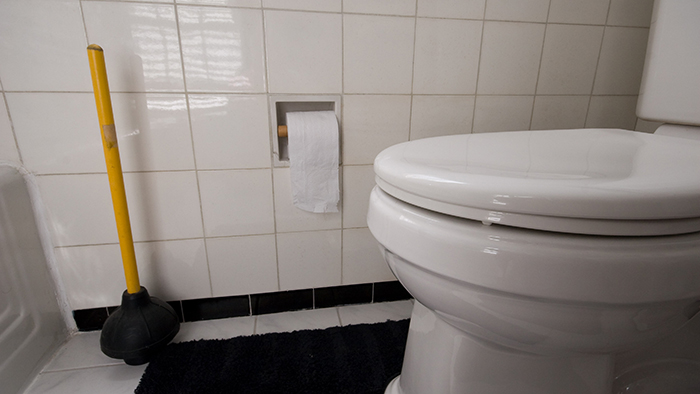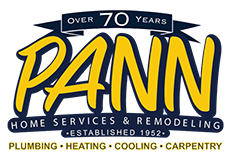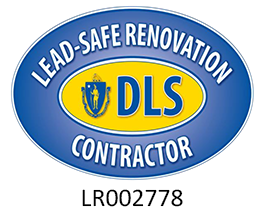
We have all been there. That inevitable moment when, perhaps you’ve had a nutritious, fiber-rich meal and paid for it in the bathroom later. Or, maybe you’ve walked into the bathroom to find your 2-year-old flushing Lego down the toilet. However it happens, we are all familiar with a clogged toilet. Numerous situations, ranging from the humorous to the absolutely bizarre, have occurred across the globe. As it turns out, there are many different ways to clog a toilet. Although many experiences are similar, there are quite a few which really stick out. Yet, even the worse clogs have a solution.
Ways to Unclog Your Toilet
Remedies range from the usual game of hurry up and grab the plunger to calling in the pros to ‘snake’ the drain (a process involving the use of a flexible rod, usually made from some type of plastic. Also known as an auger). When the pros come on board, you know they mean business. They’ve discovered many different techniques to apply in a variety of toilet-clogging scenarios and are ready and willing to take the ‘plunge’ into your clogged drain. Of course, there are some people who view themselves professionals and try to take matters into their own hands. While they may, indeed, be handy, for an amateur, things can go wrong very quickly. The damage from a seriously clogged toilet, especially if exacerbated by poking and prodding with untrained hands, can run into the hundreds of thousands of dollars in damage to your home’s plumbing system. Before we dive into some of the solutions the professionals apply, let’s have a look at some of the damage that can occur from a badly clogged toilet when it overflows.
Damages From a Clogged Toilet
-In a tiled bathroom, water from an overflowing toilet can get between the cracks of the tiles and become stagnant, creating the perfect environment for a lot of nasty things, including black mold.
-Water damage from an overflowing toilet isn’t confined to floors, alone. Your walls are at risk, as well. Even after the wall feels dry, the only way to see the extent of the actual damage to the walls’ structural integrity is to call in the pros.
-Also at high risk are your vanities and other cabinets. The foundations of these structures are prone to rot and decomposition if not restored properly.
-Another area of concern after a serious toilet-clogging incident is the bathtub area. An abundance of water will weaken the floor, leaving the bathtub’s foundation compromised. Serious situations can be very dangerous. This is another time when it’s definitely appropriate to call a professional.
Unclogging Methods
This first one is more of a tip than a technique. If you see the water rising after flushing the toilet, act quickly to save yourself from a whole slew of further issues, should the toilet overflow. If you can halt the flow of water before it reaches the rim of the bowl, you’ll be safe from needing restorative services. To accomplish this, you can either turn the water off manually, by flipping the lever located behind the toilet or lift the lid off the back of the toilet and close the open flapper.
If plunging doesn’t work or you don’t have access to a plunger, you can try using a mixture of baking soda and vinegar. The chemical process caused by the combination of these two ingredients creates carbonic acid bubbles. Add around a cup of baking soda, then pour in a cup of vinegar, slowly, to avoid splashing from the overzealous foam. Follow this treatment with hot water and flush to see if the clog has cleared.
Purchasing a ‘plumbing snake’ could be just thing you need if the clog is especially stubborn. Plumbing snakes are not exclusively made for toilets and porcelain bowls, so be sure you’re getting one created for the purpose you need. Most toilet plumbing snakes are referred to as ‘augers’. These long, skinny tools work by slowing twisting the snake into the bowl’s drain and pulling back when you feel resistance. Flush to see if the clog has cleared and repeat as necessary.
Another solution also utilizes household items. With a gallon of hot water on the stove, you can grab your dish soap (or shampoo, laundry detergent, etc) and squirt a generous amount into your toilet. Once the water is hot enough- just below boiling- pour it into the toilet slowly. Wait a few minutes for the hot water and soap to soften the clog, then flush to see if it’s been removed.
Over-the-counter drain cleaners can also be useful in helping you unclog your toilet. Be sure to read all the labels and warnings and always protect yourself from the harsh chemicals used in these products. We recommend using gloves and goggles to protect your eyes.
Skipping back to the plumbing snake method, if you’re in immediate need, it is possible to make an impromptu auger using a wire hanger. To do this, simply unravel and straighten the hanger and use it as you would a store-bought auger.
Another unique idea to get your toilet unclogged is to use a wet/dry vacuum. Be sure not to use a regular vacuum, or you could run the risk of getting shocked. Use the wet/dry vacuum to remove the water from the bowl, then place the head of the nozzle over the drain. If this still doesn’t clear out the clog, you can try combining this method with one of the others above until the situation is resolved.
Contact the Pros to Unclog Your Toilet
If you’ve exhausted all the above options and still can’t flush, it’s time to resign and call the professionals. We’ve seen what can go wrong and the damage which follows when someone decides to take on a project of this sort without the proper tools or training. The results can be catastrophic, even sometimes displacing people from their home permanently. Not only is it possible to lose your home, but you could potentially be living with incredibly unhealthy levels of toxic mold and not even know it, which can result in all sorts of health issues. Calling a plumber is usually the simplest way to take care of a clogged toilet. You’ll have to wait for them to arrive, but once they’re finished, you’ll have peace of mind everything was done right. Professional plumbers are actually way less expensive than the restorative services you will need after your toilet clogs and overflows and/or you DIY methods didn’t pan out. It’s easy to watch a YouTube video and feel like you know what you’re doing, but there are too many variables at play in any given situation to accurately predict how to correct your problem. Getting a trained plumber on the case is a 100% fool-proof way to ensure a successfully unclogged toilet… and unblemished bathroom!









